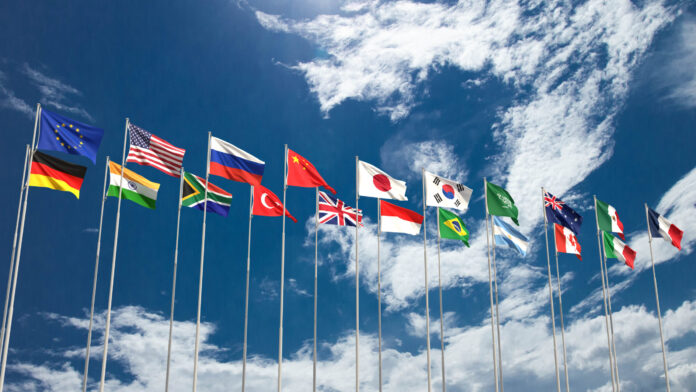What BRICS+ Expansion Means for Smaller Economies
The expansion of BRICS into BRICS+ has become one of the most pivotal shifts in the post- pandemic global trade landscape. With the inclusion of new members such as Saudi Arabia, Iran, Egypt, Ethiopia, and the United Arab Emirates, the bloc is transforming from a symbolic alternative to Western institutions into a functional coalition with serious geopolitical and economic weight. This shift is prompting smaller economies to reconsider their foreign policy, trade alliances, and development strategies.
What was once a loose grouping of emerging economies is now evolving into a
counterbalance to traditional Western-led financial institutions. BRICS+ represents over 40 percent of the world’s population and nearly 30 percent of global GDP in purchasing power terms. With resource-rich nations now included in the fold, the group commands considerable influence in energy markets, food security debates, and infrastructure financing. The New
Development Bank, long seen as a symbolic project, is now capitalizing on this expanded coalition to offer real alternatives to the IMF and World Bank, particularly in project lending with fewer political conditions.
For smaller nations, especially those navigating the geopolitical tensions between the West and rising powers, BRICS+ presents both opportunity and complexity. On one hand, the emergence of alternative funding sources, bilateral trade arrangements in local currencies, and potential inclusion in new regional supply chains could reduce dependency on dollar-dominated institutions. Countries in South Asia, Africa, and Latin America are increasingly
viewing BRICS+ as a pragmatic partner to hedge against the volatility of Western aid or credit downgrades.
Yet this growing sphere of influence is not without risk. Smaller economies that lean too far into one geopolitical bloc may face the threat of trade reprisals or aid withdrawal from rival powers. The Russia-Ukraine conflict and rising tensions in the South China Sea have only sharpened these dividing lines. Economic pragmatism must now be balanced with political non-alignment, a tightrope that requires nuanced diplomacy.
Sri Lanka, for example, stands at a strategic crossroads. As a country in need of sustained development financing and external trade access, it can benefit from engaging both with the BRICS+ ecosystem and traditional partners. Leveraging its geographic location in the Indian Ocean, Sri Lanka could position itself as a neutral logistics hub, fostering multilateral cooperation in a polarized world. To do so effectively, it must build robust institutional frameworks and diplomatic agility to avoid entanglement in great-power rivalries.
The BRICS+ transformation is a signal that the global trade order is no longer unipolar or even bipolar. A multipolar world is emerging, defined by flexible alignments and shifting power centers. Smaller economies must adapt quickly, not by choosing sides, but by investing in economic resilience, transparency, and diversified partnerships. The future of trade will not be shaped by ideological blocs alone, but by the ability of nations to navigate uncertainty
with strategic foresight.




